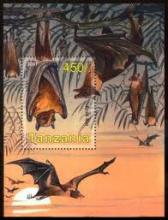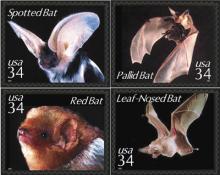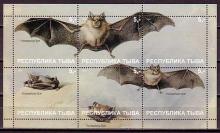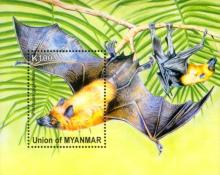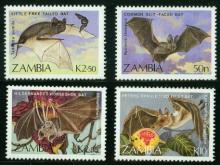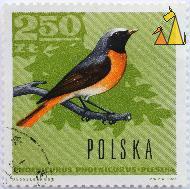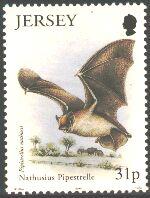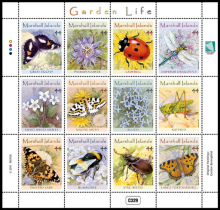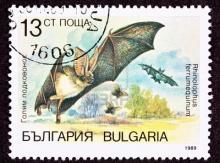A Catastrophe in the Making
- Read more about A Catastrophe in the Making
- Log in to post comments
A “biodiversity crisis”: that’s how some conservationists describe new numbers released this week by the federal Fish and Wildlife Service on so-called white-nose syndrome. According to the agency, 5.7 million to 6.7 million bats have died from the fungal ailment in eastern North America since an epidemic first broke out in upstate New York in 2006. The new numbers are striking, and far higher than the previous bat mortality estimate of one million released in 2009. What is known is that when the fungus gets into a cave or mine where bats are hibernating, 70 to 90 percent of the bats die. In some cases, the mortality rate is 100 percent.
Over the past three years, the disease has spread from 88 sites in nine states in 2009 to at least 200 sites in 16 states today. Jeremy Coleman, the lead white-nose syndrome coordinator for the Fish and Wildlife Service, said that officials can’t keep up with new site infections and are now working on the assumption that all caves and mines are infected in areas where the ailment has existed for several years.

